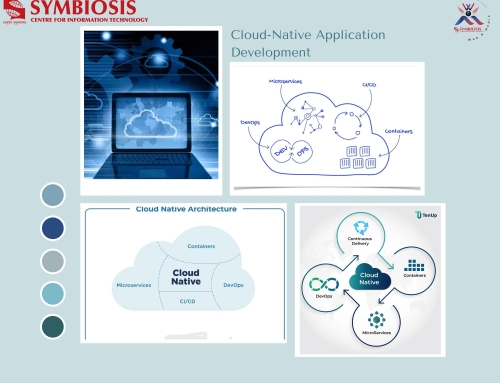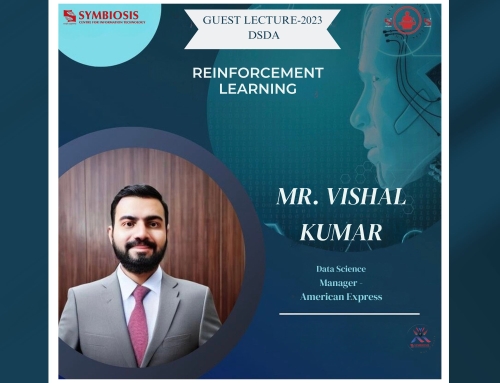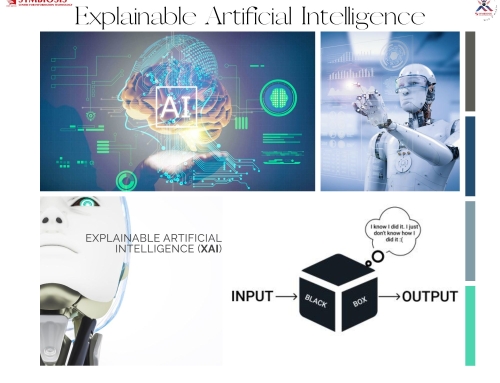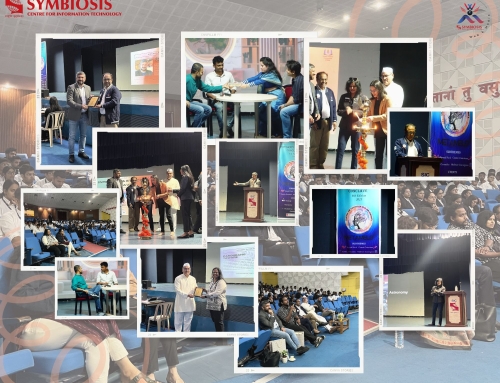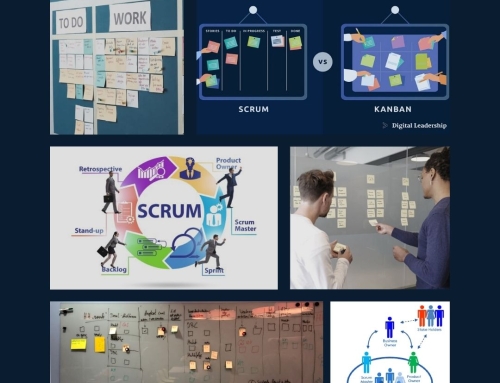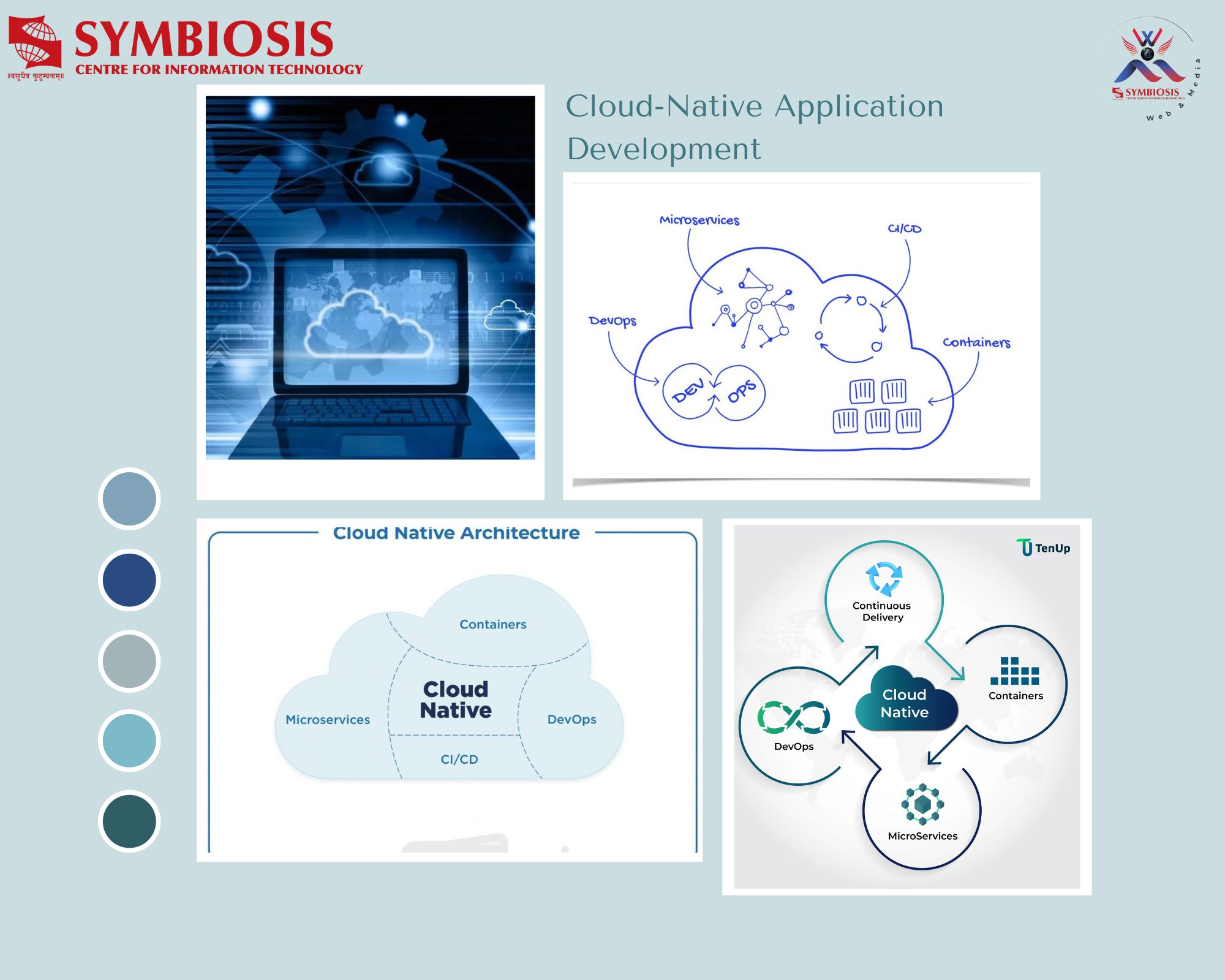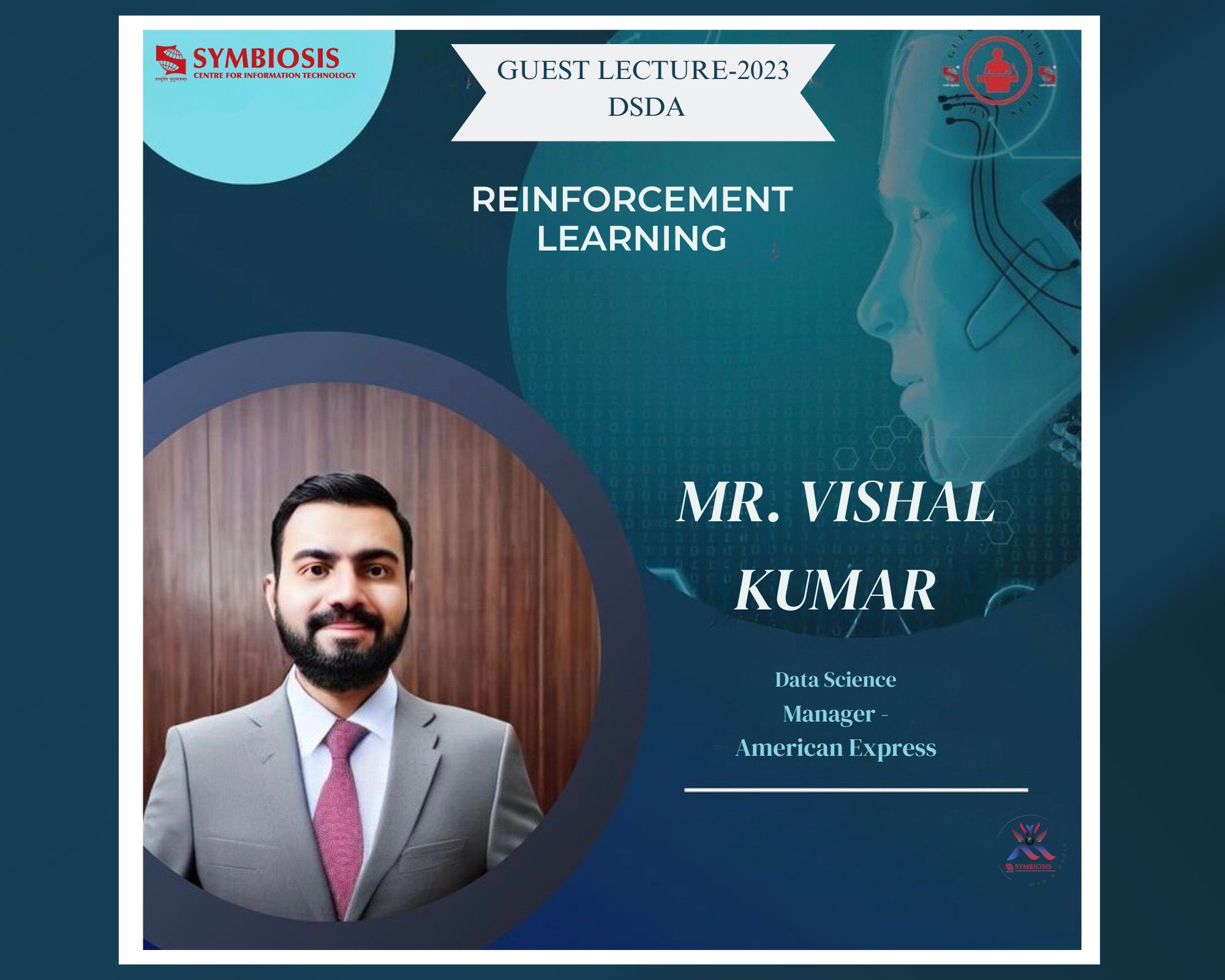Designing Large Scale Intelligent Video Analytics
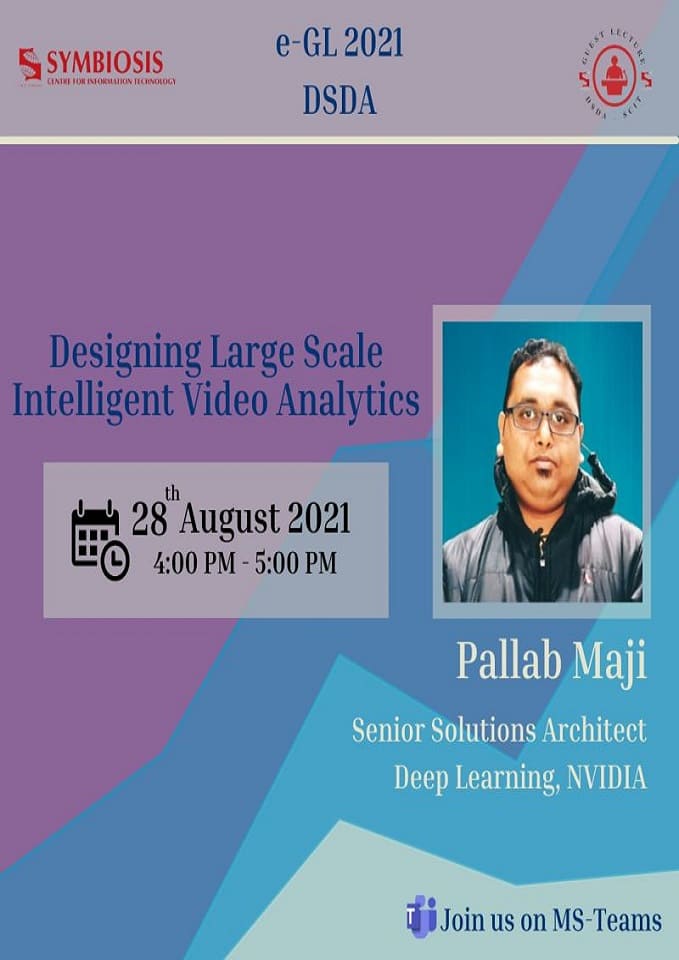
On 28th August 2021, there was a Guest Lecture on the topic: ‘Designing Large Scale Intelligent Video Analytics.’ The speaker was Dr. Pallab Maji, Senior Solutions Architect(Deep Learning) at NVIDIA and an AI/ML enthusiast from Bengaluru. He has worked with companies like Wipro and Mercedes Benz.
Safe and smart cities are being implemented by Singapore, New York, San Francisco etc. and the initiative of smart city is being taken by our government as well.
He spoke about how smart and safe cities are good efficiency wise and applicable for many use cases like real time traffic management and behavioural study of the customer when they come to a shopping complex or a showroom. For detecting and tracking customers, the store uses multiple different cameras and leverages Video Analytics techniques to profile customers to know what age metrics they belong to, which consumer profile is more suitable for customer products, the buying patterns and the decision making of the customer.
Surveillance and theft prevention is also done at the retail stores.
The speaker next spoke about the three major challenges with Video Analytics such as:
1. Creating highly accurate AI which should at least match human baseline. He gave the examples of ImageNet that could beat the human baseline, in image classification with 3.5% error whereas the human had 4.5% error and of AlphaGo (based on a reinforcement machine learning algorithm) that was able to beat the champion of that game.
2. Achieving high throughput: The throughput of the algorithms need to be fast. He explained why surveillance and traffic management need high throughput. According to Moore’s law, computers are getting faster two times every eighteen months. GPU computing has taken Deep learning and Machine Learning into a different league as it is 10 times faster than CPU.
3. Deploying at scale: In retail stores, there are multiple cameras which need maintenance and updates. The data needs to be encrypted and then decrypted. A system that can integrate the pipeline which is secure with no data leakage is required to be deployed at scale.
He next gave an example of how earlier in 2010, there were hand-coded Computer vision algorithms with 74% accuracy. Post 2010, AlexNet from Geoffrey Hinton’s lab told the world that deep learning could solve the problem of smart cities.
He next explained the importance of edge to cloud architecture for AI City. AI cities are going to have 1000s of cameras. Systems are needed which can help for airport security, traffic management, parking entrance, law enforcement, etc. This can be achieved by a combination of edge and cloud. On edge there can be devices with cameras that can extract intelligence which then can be directly sent to the cloud. He further explained the architecture of the metropolis.
The session ended with intrigued students clarifying their doubts. Indeed it was a session full of knowledge.

